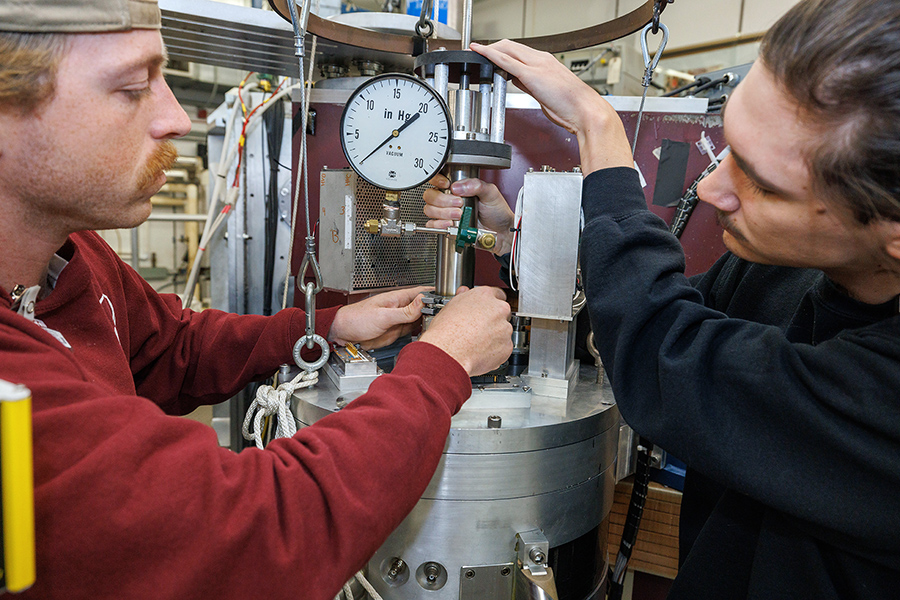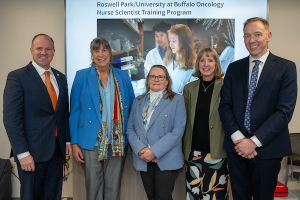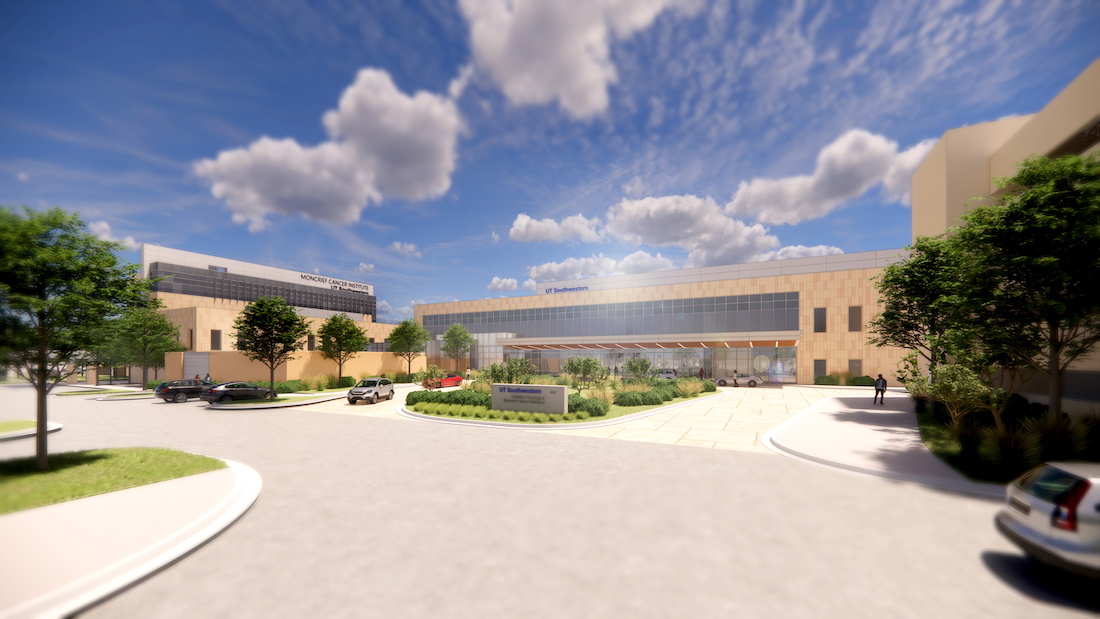“Given spread of COVID-19 by people who have few to no symptoms, and the difficulty in accessing testing from private labs, GW concluded in April that we should develop our own testing capacity. GW’s faculty and staff worked round the clock to create an automated high-capacity COVID-19 diagnostic test, obtain regulatory approvals, build the new laboratory and set up testing sites on campus,” said Lynn R. Goldman, MD, MPH, MS, the Michael and Lori Milken Dean of the GW Milken Institute School of Public Health (Milken Institute SPH). “With this investment in on-campus testing, GW can now provide an extra layer of protection to keep students, faculty and staff healthy and safe.”
The GW-developed test uses a powerful technique called polymerase chain reaction to detect genetic material from the virus that causes COVID-19 and is highly accurate.
“GW’s novel system, including an on-campus laboratory, means the tests are processed six days a week and results are sent back within 24 to 48 hours,” said Cindy Liu, MD, MPH, PhD, an associate professor at Milken Institute SPH and the GW researcher whose team developed the test and set up the new lab. “The GW laboratory is now processing more than 600 tests per day with the capacity to ramp up significantly.”
GW, like many other universities, is holding all classes online for the fall 2020 Semester, with the exception of a few laboratory, arts and clinical training courses. The testing protocol has already been put in place for the approximately 4,000 students, faculty and staff who are authorized to be on campus and has sufficient capacity to cover all members of the community if GW is able to fully re-open by spring 2021. Currently, GW has conducted 7,489 tests and developed a COVID-19 Testing Dashboard that updates the testing and results on a daily basis.
In addition to COVID testing, GW had to create other systems aimed at keeping the community healthy and safe. Milken Institute SPH Professors Amanda Castel, Amita Vyas and Karen McDonnell worked rapidly to develop case investigation processes, a daily COVID symptom checker, and resources to help members of the community who need to be in quarantine or isolation.
“Testing is but one component of a public health approach to contain this virus,” Goldman said. “The GW system also helps to provide isolation and care of infected individuals and identification and quarantine of all close contacts in our campus community.”
GW and only a few other universities nationwide are leading the way with on-campus testing, rapid results and case investigations to prevent the spread of the virus. Other universities have set up testing sites but typically they send the tests to commercial labs, which often take a week or longer to report the results.
Starting at the beginning of the Fall Semester, all on-campus GW students, faculty and staff were required to get a COVID test before starting work or school and now must monitor symptoms daily and get weekly COVID tests. In addition, anyone authorized to be on campus must comply with public health guidelines, including social distancing, mask wearing and restrictions on the size of gatherings.
The two testing sites are on the Foggy Bottom campus and the Virginia Science & Technology Campus in Ashburn. Medical staff from the GW Medical Faculty Association and GW nursing students are collecting anterior (shallow) nasal swabs, which are then sent to the GW COVID lab for analysis.
As per public health guidelines, people who test positive must isolate themselves, monitor symptoms and obtain health care. GW has created a Campus COVID Support Team to assist with follow-up health care from Student or Employee Health Services, campus-focused case investigations and coordination with local health departments. Anyone with a positive test can re-enter campus life after a 10-day isolation period and clearance from GW’s health services.
“Throughout our response to the pandemic, GW has been focused foremost on the health and safety of our community,” GW President Thomas LeBlanc said. “Our in-house testing and all of the measures led by our expert public health, medical, and nursing faculty, staff, and students are critical to our responsibility to protect our campuses, one another, and our D.C. and Virginia communities. They will allow us to continue to fulfill our core teaching and research mission despite these unprecedented times.”
###



